Steglitz, Zehlendorf, Dahlem, Wannsee: A Guide to Berlin’s Upscale Neighborhoods
Steglitz, Zehlendorf, Dahlem, and Wannsee are four districts in the southwestern part of Berlin, Germany. These districts are known for their beautiful landscapes, rich history, and cultural attractions.
They offer a unique blend of urban and suburban living, making them a popular destination for tourists and locals alike.
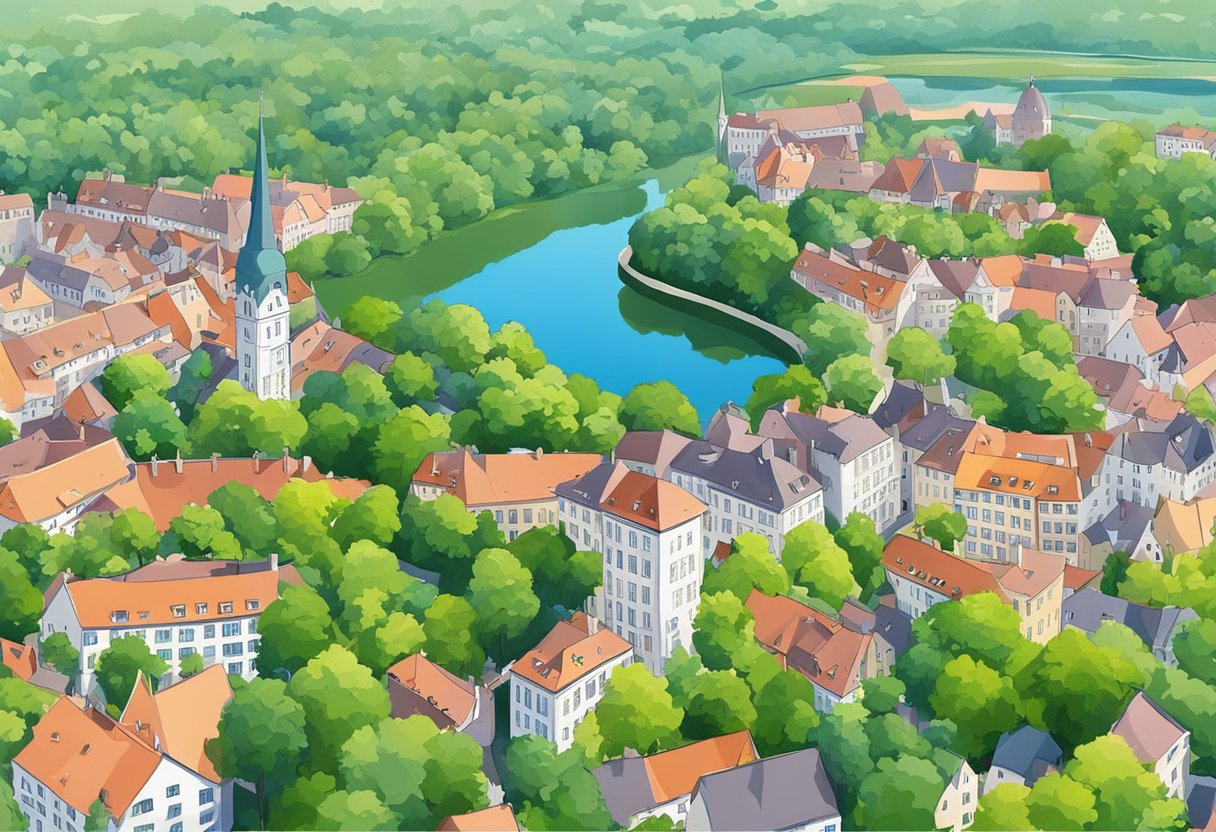
Steglitz-Zehlendorf is a borough of Berlin that was created in 2001. It is home to several attractive bodies of water, including the Pohlesee, the Stölpchensee, Nikolassee, Schlachtensee, Krumme Lanke, the greater and lesser Wannsee lakes, and borders on the Griebnitzsee.
The district has numerous excursion destinations, great sights, and castles that attract visitors from all over the world.
Dahlem is a beautiful residential neighborhood in the district of Steglitz-Zehlendorf. It is known for its stunning architecture, lush greenery, and cultural institutions such as the Free University of Berlin and the Botanical Garden. Wannsee, on the other hand, is a locality within the district of Steglitz-Zehlendorf and is famous for its lakes, parks, and gardens. It is a popular spot for swimming, boating, and picnicking.
Historical Overview
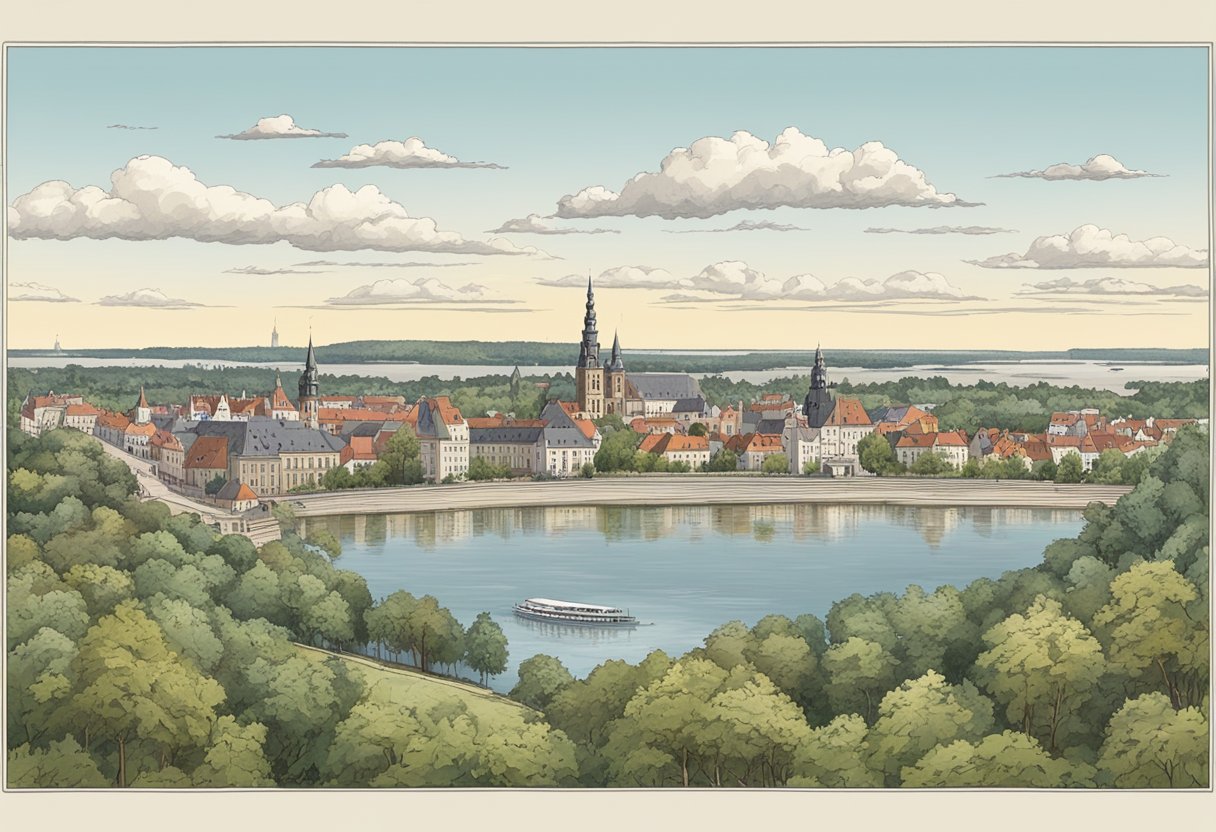
Early Settlements and Development
We begin our historical overview of Steglitz, Zehlendorf, Dahlem, and Wannsee with their early settlements and development. These areas were originally rural and agricultural, with Steglitz and Zehlendorf being first mentioned in historical records in the 13th century. Dahlem was first documented in the 13th century as well, while Wannsee was founded in the 19th century as a popular resort area.
Over time, these areas developed into residential neighborhoods, with grand mansions and villas being built in Dahlem and Wannsee in the late 19th and early 20th centuries. Steglitz and Zehlendorf also saw significant development during this time, with new housing developments and infrastructure being built to accommodate the growing population.
Impact of World War II
The impact of World War II on these areas was significant, with many buildings and infrastructure being destroyed or damaged during the war. The Wannsee Conference, a pivotal moment in the Holocaust, also took place in Wannsee in 1942. After the war, the areas were rebuilt and revitalized, with new housing and infrastructure being constructed to replace what was lost.
Cold War Era and Division
During the Cold War era, these areas were located in West Berlin, and were therefore part of the capitalist, democratic West. The Berlin Wall, which divided East and West Berlin, ran through Zehlendorf, with many residents being separated from their friends and family on the other side. Despite this, the areas continued to thrive, with new businesses and infrastructure being developed.
In 2001, the administrative reform of Berlin merged Steglitz and Zehlendorf into one borough, known as Steglitz-Zehlendorf. This administrative reform aimed to streamline local government and improve efficiency, and has been successful in achieving these goals.
Overall, the history of Steglitz, Zehlendorf, Dahlem, and Wannsee is rich and varied, with each area having its own unique story to tell. From their early settlements and development to the impact of World War II and the Cold War era, these areas have played an important role in the history of Berlin and continue to be vibrant and thriving communities today.
Geography and Localities
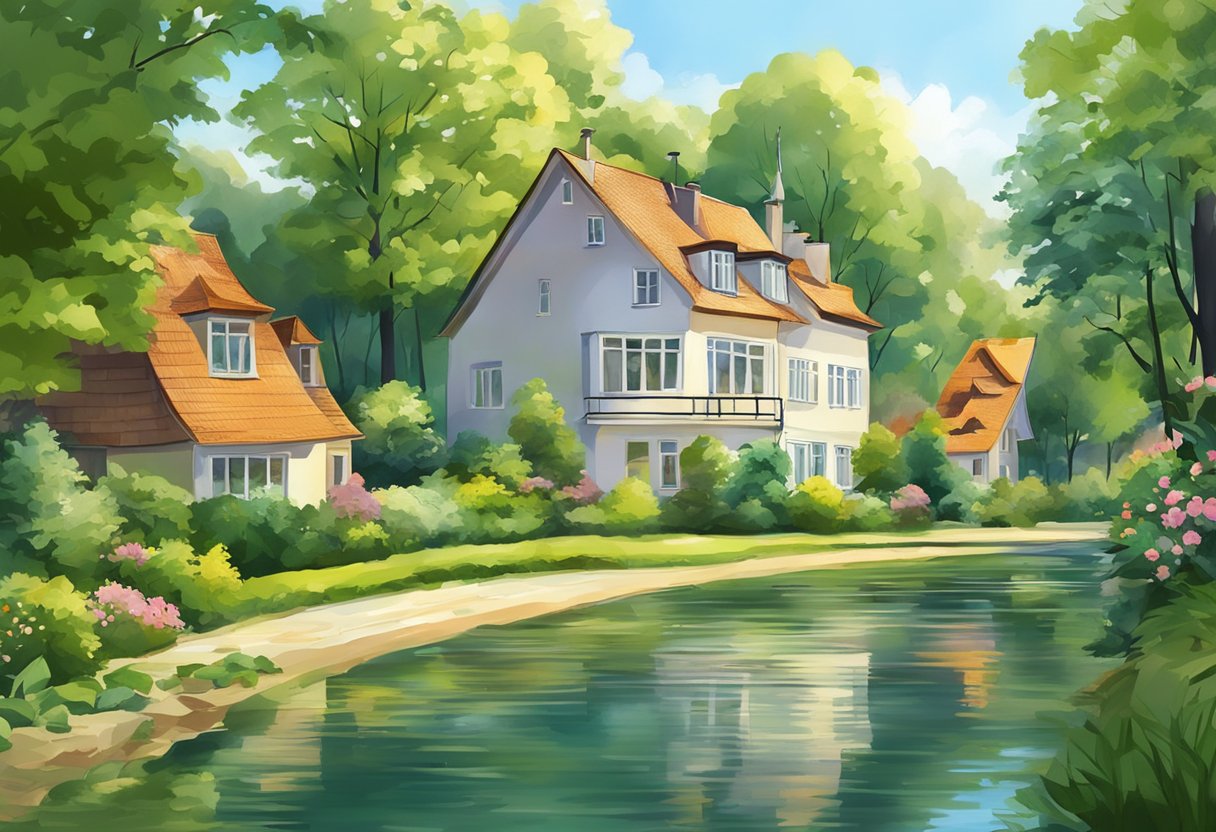
Steglitz, Zehlendorf, Dahlem, and Wannsee are located in the southwestern part of Berlin. This area is known for its beautiful lakes and forests, making it a popular destination for outdoor enthusiasts.
Lakes and Forests
Some of the most notable bodies of water in the area include Nikolassee, Krumme Lanke, Schlachtensee, and Wannsee. These lakes are surrounded by lush forests and offer a peaceful retreat from the hustle and bustle of the city. The Pfaueninsel, a small island in the Havel River, is also a popular destination for nature lovers.
Notable Subdivisions
Steglitz is home to several notable subdivisions, including Lichterfelde and Lankwitz. Lichterfelde is known for its historic villas and beautiful parks, while Lankwitz is a quiet residential area with plenty of green spaces. Zehlendorf is another popular subdivision, known for its upscale neighborhoods and proximity to the Grunewald forest.
Overall, the geography of Steglitz, Zehlendorf, Dahlem, and Wannsee offers a unique blend of urban and natural environments. Whether you’re looking for a peaceful retreat or a vibrant city experience, this area has something to offer for everyone.
Cultural Significance
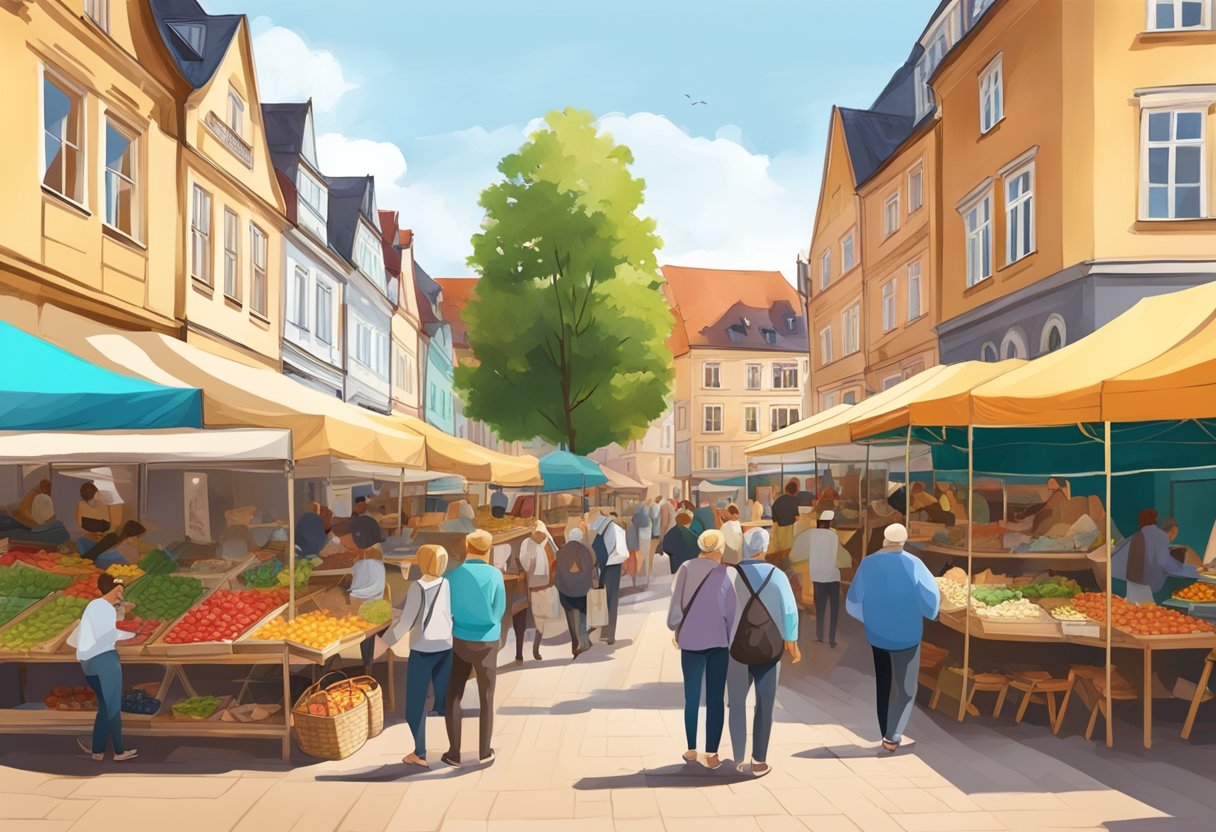
Steglitz, Zehlendorf, Dahlem, and Wannsee are all areas in Berlin that have significant cultural importance. Here are some of the cultural highlights in these areas:
Museums and Galleries
Steglitz-Zehlendorf is home to several museums and galleries that are worth visiting. The Max Liebermann Villa is one such museum. It is dedicated to the life and work of the German-Jewish painter Max Liebermann. The Brücke Museum is another museum that is located in Dahlem. It is dedicated to the expressionist art movement known as Die Brücke. It has an extensive collection of paintings, prints, and sculptures.
Historic Palaces and Parks
Jagdschloss Grunewald is a hunting lodge that was built in the 16th century. It is located in the Grunewald forest and is a popular tourist attraction. Schloss Glienicke is another palace that is worth visiting. It was built in the 19th century and is located in the Glienicke park. The park is also home to the Königliche Gartenakademie, which is a botanical garden that has a wide variety of plants.
Educational Institutions
Steglitz-Zehlendorf is home to the Freie Universität Berlin, which is one of the two state universities of world renown in Berlin. It has several faculties, including the Faculty of Law, the Faculty of Economics and Business Administration, and the Faculty of Humanities and Social Sciences. The Philological Library is also located on the campus of the Freie Universität Berlin. It is a modern library that has won several architectural awards.
The Alliiertenmuseum
The Alliiertenmuseum is a museum that is dedicated to the history of the Allied forces in Berlin. It has several exhibits that cover the period from the end of World War II to the fall of the Berlin Wall. It is located in the Dahlem area of Berlin.
Schlosspark Theater
The Schlosspark Theater is a theater that is located in the Steglitz area of Berlin. It was founded in 1912 and has a long history of producing high-quality plays. It has hosted several famous actors over the years, including Marlene Dietrich and Klaus Kinski.
Max Planck Institute
The Max Planck Institute is a research institute that is located in the Dahlem area of Berlin. It is dedicated to the study of the natural sciences and has several departments, including the Department of Astrophysics and the Department of Molecular Genetics.
Demographics and Population
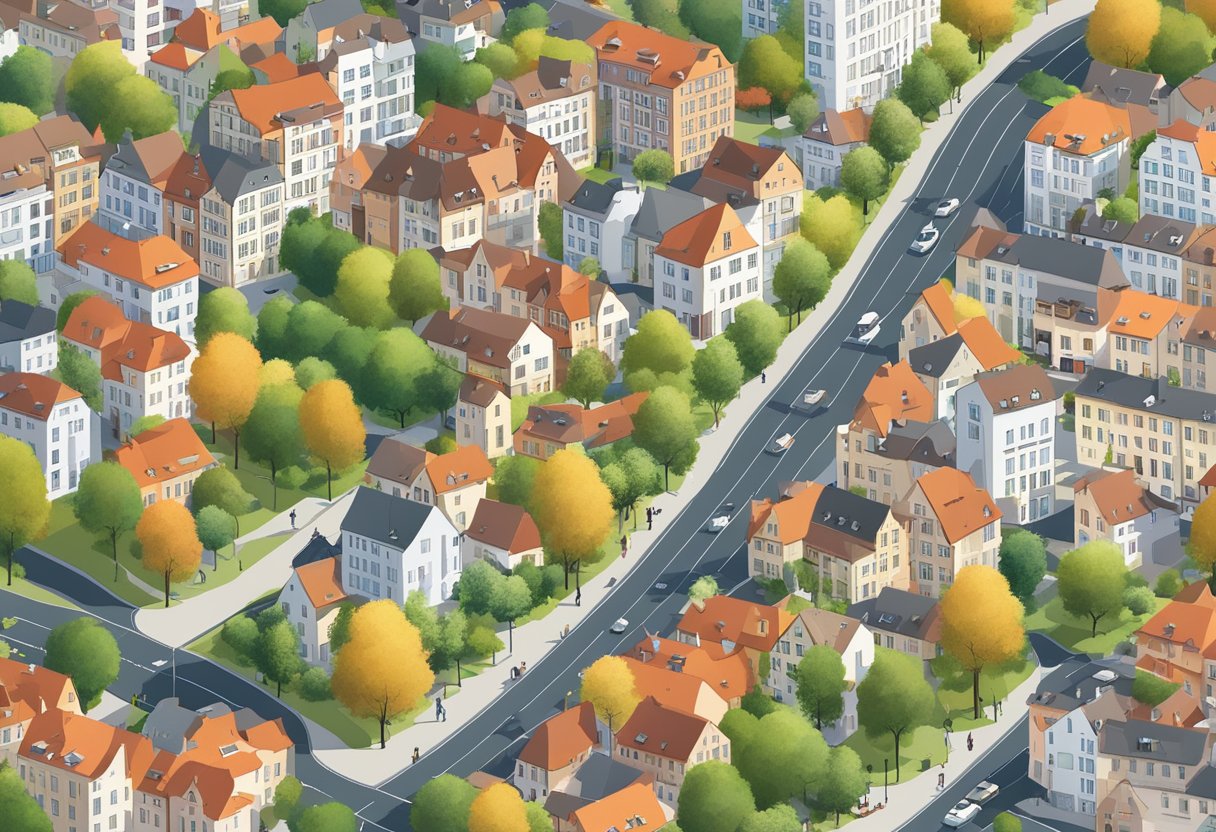
Steglitz-Zehlendorf is a borough located in the southwestern part of Berlin, Germany. It is home to several localities, including Dahlem, Wannsee, and Lankwitz. As of 2019, the borough has a population of over 307,000 people, with a male-female ratio of 48:52.
Population Growth and Density
Steglitz-Zehlendorf has a population density of approximately 2,900 people per square kilometer. The population has been steadily growing over the past few decades, with an increase of over 20,000 people since 2000. This growth can be attributed to the borough’s attractive location, high standard of living, and excellent transportation links.
Cultural Diversity
Steglitz-Zehlendorf is a culturally diverse borough, with people from various ethnicities and nationalities living together. The largest ethnic group in the borough is Germans, followed by Turks, Russians, and Poles. The borough is also home to a significant number of expats and international students, attracted by the world-renowned universities and research institutions located in the area.
In conclusion, Steglitz-Zehlendorf is a vibrant and diverse borough, with a steadily growing population and a high standard of living. Its cultural diversity and excellent location make it an attractive destination for people from all over the world.
Economic Aspects
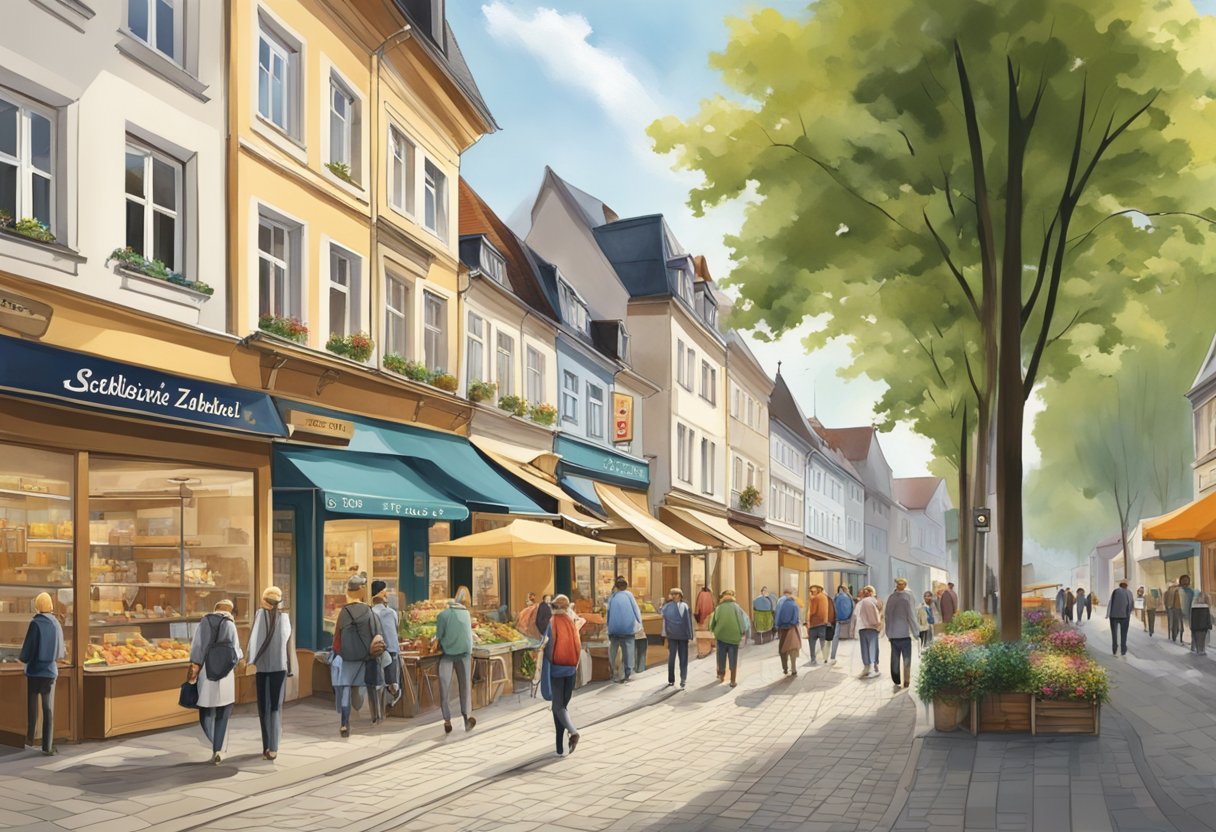
When it comes to economic aspects, Steglitz-Zehlendorf has a lot to offer. There are plenty of shopping and commerce opportunities in the area. One of the most popular shopping destinations is Schloßstraße, which is one of the longest shopping streets in Berlin. It features a variety of shops, from high-end boutiques to affordable chain stores. In addition to Schloßstraße, there are also several malls and shops scattered throughout the area, making it easy to find whatever you need.
Shopping and Commerce
Steglitz-Zehlendorf is also home to a number of businesses, ranging from small independent shops to large corporations. The area has a strong economy and is considered one of the most affluent districts in Berlin. The Bundesstraße 1 runs through Steglitz, connecting it to other parts of the city and making it easy to travel to other shopping and commerce centers.
Transportation and Mobility
Transportation and mobility are also strong points of Steglitz-Zehlendorf. The U3 line runs through the area, providing easy access to other parts of the city. The Berlin S-Bahn also has several stops in the district, making it easy to travel to other areas of Berlin. The Teltowkanal also runs through Steglitz-Zehlendorf, providing a convenient waterway for transportation.
All in all, Steglitz-Zehlendorf is a great place to live and work. With its strong economy, ample shopping and commerce opportunities, and excellent transportation options, it’s no wonder that it’s considered one of the most desirable districts in Berlin.
Recreation and Tourism
Leisure Activities
Steglitz-Zehlendorf is a borough in Berlin that offers a wide range of leisure activities for visitors. The borough is home to several parks, including the popular Schönow Park, where visitors can enjoy a picnic or a stroll through the beautiful gardens. For those interested in history, the Nikolskoe Palace is a must-visit. This 18th-century palace was once the summer residence of the Russian ambassador and is now open to the public.
One of the most popular leisure activities in Steglitz-Zehlendorf is visiting the Wannsee Lake. This beautiful lake offers several opportunities for swimming, boating, and sunbathing. The Strandbad Wannsee is a popular spot for families and tourists alike, offering a large outdoor pool, a sandy beach, and several restaurants. Visitors can also take a boat tour of the lake or rent a paddle boat for a more leisurely experience.
For those interested in culture, Steglitz-Zehlendorf is home to several museums and cultural institutions. The Japanische Internationale Schule zu Berlin is a unique institution that offers visitors a glimpse into Japanese culture and education. The TITANIA-Palast is a historic cinema that has been in operation since 1928 and offers visitors a chance to see classic films in a beautiful setting.
Accommodation and Hospitality
Steglitz-Zehlendorf offers a wide range of accommodation options for visitors. There are several hotels in the area, including the IRK Steglitz-Zehlendorf, which offers comfortable rooms and a convenient location. For those looking for a more unique experience, there are several bed and breakfasts and guesthouses in the area, including the Onkel Toms Hütte, which offers cozy rooms and a beautiful garden.
Overall, Steglitz-Zehlendorf is a great destination for visitors looking for a mix of leisure activities, culture, and history. With its beautiful parks, historic palaces, and popular lake, there is something for everyone in this vibrant borough of Berlin.
Government and Administration
Borough Governance
Steglitz, Zehlendorf, Dahlem, and Wannsee are all part of the Steglitz-Zehlendorf borough in Berlin. The borough is governed by a mayor and a borough council. The current mayor of Steglitz-Zehlendorf is Cerstin Richter-Kotowski from the Christian Democratic Union (CDU) party.
The borough council is made up of representatives from different political parties, including the CDU, the Social Democratic Party (SPD), the Green Party, and the Left Party. They are responsible for making decisions on local issues such as housing, education, and public services.
Historical Figures and Influence
Steglitz, Zehlendorf, Dahlem, and Wannsee have a rich history that has influenced the development of the borough and Berlin as a whole. Prince Carl of Prussia, a member of the royal family, played a significant role in the development of Steglitz in the 19th century. He built a palace and a park in the area, which attracted wealthy residents and helped to establish Steglitz as a desirable place to live.
Friedrich Wilhelm II, the King of Prussia, also had an impact on the area by establishing a military training ground in Kohlhasenbrück, which is now part of the borough. The Oskar-Helene-Heim hospital in Zehlendorf was also founded during this time, and it played a vital role in treating soldiers during World War I.
In the 20th century, Martin Niemöller, a prominent anti-Nazi theologian, lived in Dahlem and was active in the resistance against the Nazi regime. The Steglitz Route, a major road that runs through the borough, was named after the area’s history and influence.
Dieter Hallervorden, a famous German comedian and actor, also has ties to the area. He owns a theater in Steglitz and has been involved in local politics.
Overall, the government and administration of Steglitz, Zehlendorf, Dahlem, and Wannsee are an essential part of the borough’s history and development. The borough council and historical figures have played a significant role in shaping the area and making it what it is today.